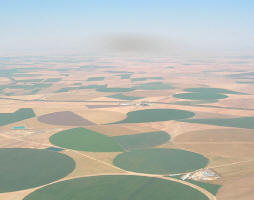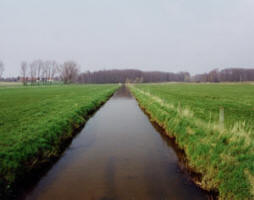 Red-Dead Canal
Red-Dead Canal
Red-Dead Canal project will draw water from the Red Sea at Aqaba in Jordan, raise it 170 metres above sea level and then let it fall to the Dead Sea which, at 400 metres below sea level, is the lowest place on land in the world.
The project will consist of 175km of canal, tunnel and piping, and the electricity provided by the water will provide for pumping the water in the initial stages and power a desalination plant. There are also plans to construct holiday resorts and a water park along parts of the route.
The first stage will be a $20m feasibility study partly funded by the World Bank with the estimated $3bn cost of the final project also being partly funded by the bank. Canals linking the Red Sea, Dead Sea and Mediterranean Sea have been discussed since the 19th century, initially for transport, then hydroelectricity and now with the main purpose of desalinating sea water.
As the population in the region has exploded over the past 100 years water has become more and more precious. As a result the Dead Sea, a lake 10 times more salty than sea water, has fallen by 20 metres leaving wide areas of salt flats. The level of the sea continues to fall by about 80cm a year.
The canal has been called the Peace Conduit by some commentators who see the co-operation involved as a model for peaceful co-existence in the region.
The Red Sea-Dead Sea canal is expected to generate 850 million cubic metres of drinkable water, almost the existing annual water use of Jordan, which would be divided between Jordan, Israel and the Palestinian Authority.
See also the following website.
http://www.bicusa.org/en/Project.58.aspx
| Project number | n/a | ||
|---|---|---|---|
| Subject(s) | ANALYSIS AND TESTS , CHARACTERISTICAL PARAMETERS OF WATERS AND SLUDGES , DRINKING WATER , DRINKING WATER AND SANITATION : COMMON PROCESSES OF PURIFICATION AND TREATMENT , ENERGY , HYDRAULICS - HYDROLOGY , INFRASTRUCTURES , MEASUREMENTS AND INSTRUMENTATION , NATURAL MEDIUM , POLICY-WATER POLICY AND WATER MANAGEMENT , PREVENTION AND NUISANCES POLLUTION , RISKS AND CLIMATOLOGY , SANITATION -STRICT PURIFICATION PROCESSES | ||
| Acronym | Red-Dead | ||
| Geographical coverage | Israel, Jordan, Palestine | ||
| Budget (in €) | 3287505506 | ||
| Programme | World Bank | ||
| Web site | http://www.worldbank.org/rds | ||
| Objectives | Restoring the water level in the Dead Sea is not the project’s only objective. Project proponents aim to utilize the transfer of water from the Red Sea, which is at an altitude 400 meters above that of the Dead Sea, to generate hydroelectric power. Perhaps of even higher priority is the use of the project to boost water supplies to the riparian countries. The transferred water will undergo a desalination process on its way from the Red Sea in order to extract drinking water for use by populations in Jordan, Israel and Palestine. It seeks also to provide 850 mcm of potable water. |
||
| Results | The canal will generate electricity, provide fresh water, and prevent the Dead Sea from drying up. |
||
| Period | 09/05/2005 | ||
 you are not logged in
you are not logged in





